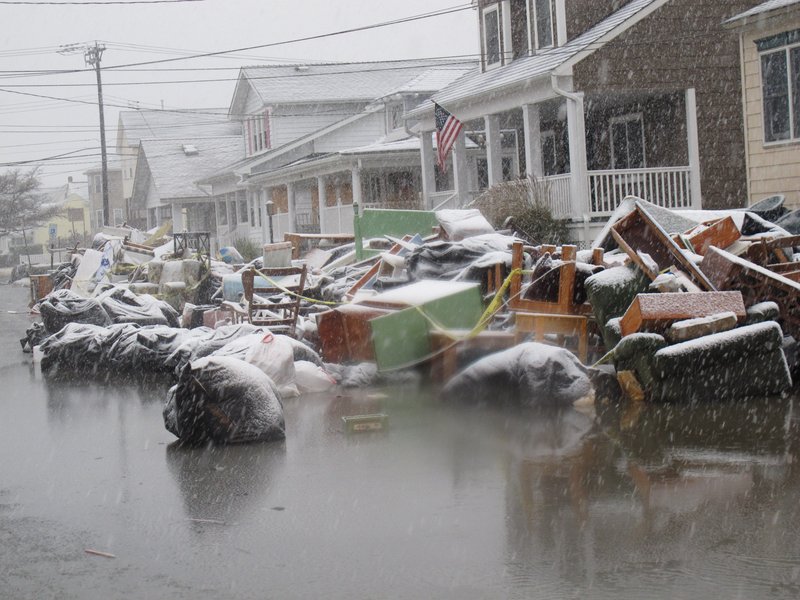DOHA, Qatar – During a year with a monster storm and scorching heat waves, Americans have experienced the kind of freakish weather that many scientists say will occur more often on a warming planet.
And as a re-elected president talks about global warming again, climate activists are cautiously optimistic that the U.S. will be more than a disinterested bystander when the U.N. climate talks resume Monday with a two-week conference in Qatar.
“I think there will be expectations from countries to hear a new voice from the United States,” said Jennifer Morgan, director of the climate and energy program at the World Resources Institute in Washington.
The climate officials and environment ministers meeting in the Qatari capital of Doha will not come up with an answer to the global temperature rise that is already melting Arctic sea ice and permafrost, raising and acidifying the seas, and shifting rainfall patterns, which has an impact on floods and droughts.
They will focus on side issues, like extending the Kyoto protocol — an expiring emissions pact with a dwindling number of members — and ramping up climate financing for poor nations.
They will also try to structure the talks for a new global climate deal that is supposed to be adopted in 2015, a process in which American leadership is considered crucial.
Many were disappointed that Obama didn’t put more emphasis on climate change during his first term. He took some steps to rein in emissions of heat-trapping gases, such as sharply increasing fuel efficiency standards for cars and trucks. But a climate bill that would have capped U.S. emissions stalled in the Senate.
“We need the U.S. to engage even more,” European Union Climate Commissioner Connie Hedegaard told The Associated Press. “Because that can change the dynamic of the talks.”
The world tried to move forward without the U.S. after the Bush Administration abandoned the Kyoto Protocol, a 1997 pact limiting greenhouse emissions from industrialized nations. As that agreement expires this year, the climate curves are still pointing in the wrong direction.
The concentration of heat-trapping gases like carbon dioxide has jumped 20 percent since 2000, primarily from the burning of fossil fuels like coal and oil, according to a U.N. report released this week. And each year, the gap between what researchers say must be done to reverse this trend, and what’s actually being done, gets wider.
Bridging that gap, through clean technology and renewable energy, is not just up to the U.S., but to countries like India and China, whose carbon emissions are growing the fastest as their economies expand.
But Obama raised hopes of a more robust U.S. role in the talks when he called for a national “conversation” on climate change after winning re-election. The issue had been virtually absent in the presidential campaigning until Hurricane Sandy slammed into the East Coast.
The president still faces domestic political constraints, and there’s little hope of the U.S. increasing its voluntary pledge in the U.N. talks of cutting emissions by 17 percent by 2020, compared to 2005 levels.
Still, just a signal that Washington has faith in the international process would go a long way, analysts said.
“The perception of many negotiators and countries is that the U.S. is not really interested in increasing action on climate change in general,” said Bill Hare, senior scientist at Climate Analytics, a nonprofit organization based in Berlin.
Send questions/comments to the editors.



Success. Please wait for the page to reload. If the page does not reload within 5 seconds, please refresh the page.
Enter your email and password to access comments.
Hi, to comment on stories you must . This profile is in addition to your subscription and website login.
Already have a commenting profile? .
Invalid username/password.
Please check your email to confirm and complete your registration.
Only subscribers are eligible to post comments. Please subscribe or login first for digital access. Here’s why.
Use the form below to reset your password. When you've submitted your account email, we will send an email with a reset code.